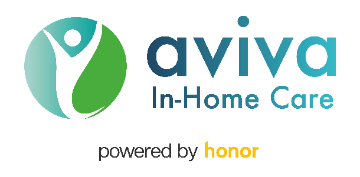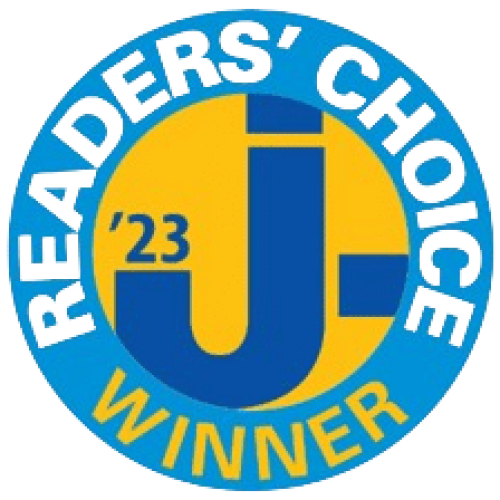When you first notice varicose veins on your aging relative’s legs, it might be a bit alarming, especially if you don’t know what they are. Varicose veins appear blue and bulge from just under the surface of the skin. They look like knotty cords.

While they are unattractive, the good news is that varicose veins rarely pose any serious problems. Knowing more about them can put family caregivers more at ease.
Causes of Varicose Veins
Varicose veins are caused by valves in the blood vessels getting weak or becoming damaged. Normally, these valves help to keep blood moving in the proper direction by opening and closing appropriately. Veins need these valves because they are the blood vessels that carry blood back toward the heart, which means that, in the legs, they have to work against gravity.
To do that, muscles in the legs contract to squeeze the veins like pumps. The valves open up to let the blood flow through and keep it from moving backward. When they don’t work right, blood can flow backward and pool in the vein, which makes them stretch and twist to accommodate the extra blood.
Several things can increase the chances that your aging relative will get varicose veins. Some of the risk factors are:
-Age: The wear and tear on valves over the years can cause them to break down with age.
-Sex: Women get varicose veins more often than men because of hormonal changes that occur during pregnancy and menopause.
-Family History: If the older adult has family members who have varicose veins, there’s a greater chance they will, too.
-Obesity: Excess weight places additional pressure on veins.
-Standing or Sitting Too Long: Remaining in one position for a long time hinders blood flow.
Varicose Vein Symptoms
Varicose veins often don’t cause any pain, so signs of varicose veins include:
- Veins that look dark purple or blue.
- Twisted, bulging veins that look like cords.
- When varicose veins do cause pain, it may feel like:
- Legs that are achy or heavy.
- Burning, throbbing, or cramping.
- Pain that gets worse after sitting or standing for a while.
- Itching around the veins.
Doctors usually recommend taking self-care steps to treat varicose veins.
Elder care providers can assist with these treatment steps. Elder care providers can help the older adult to get more exercise, which improves circulation. Elder care providers can also assist with weight loss and the prevention of water retention that makes varicose veins worse by cooking healthy, low-salt meals. If the doctor recommends the use of compression stockings, an elder care provider can help your loved one to put them on.
If you or an aging loved-one are considering hiring Elder Care in Claremont, CA, call the caring staff at Aviva In-Home Care.
Call today: (415) 795-2203
Sources
Mayoclinic.org/symptoms-causes
Webmd.com
Medicalnewstoday
Mayoclinic.org/diagnosis-treatment
- Do You Need Help with Personal Care for Your Senior? - September 16, 2019
- Causes and Risk Factors for Shingles in the Elderly - September 12, 2019
- Five Reasons Your Senior Might Need a Daily Routine - September 5, 2019



